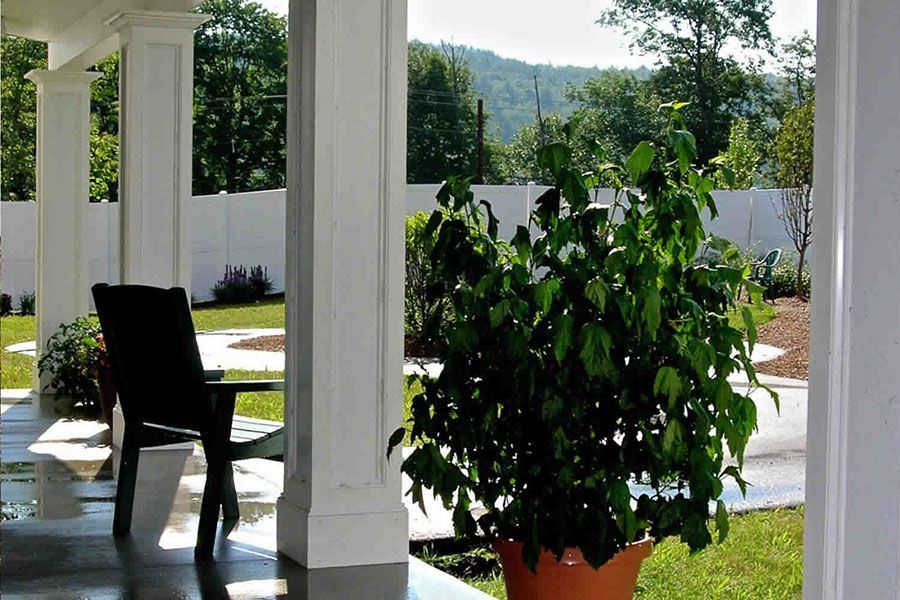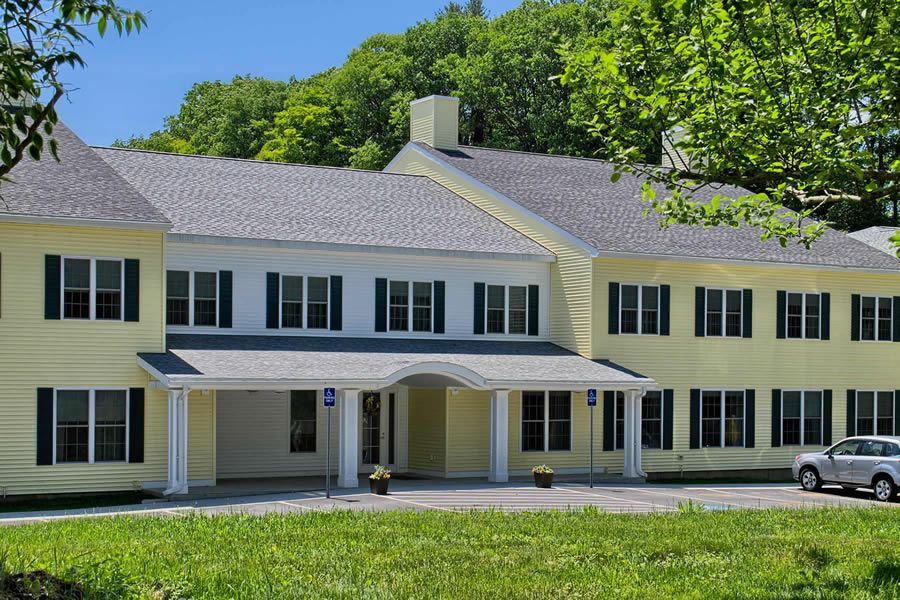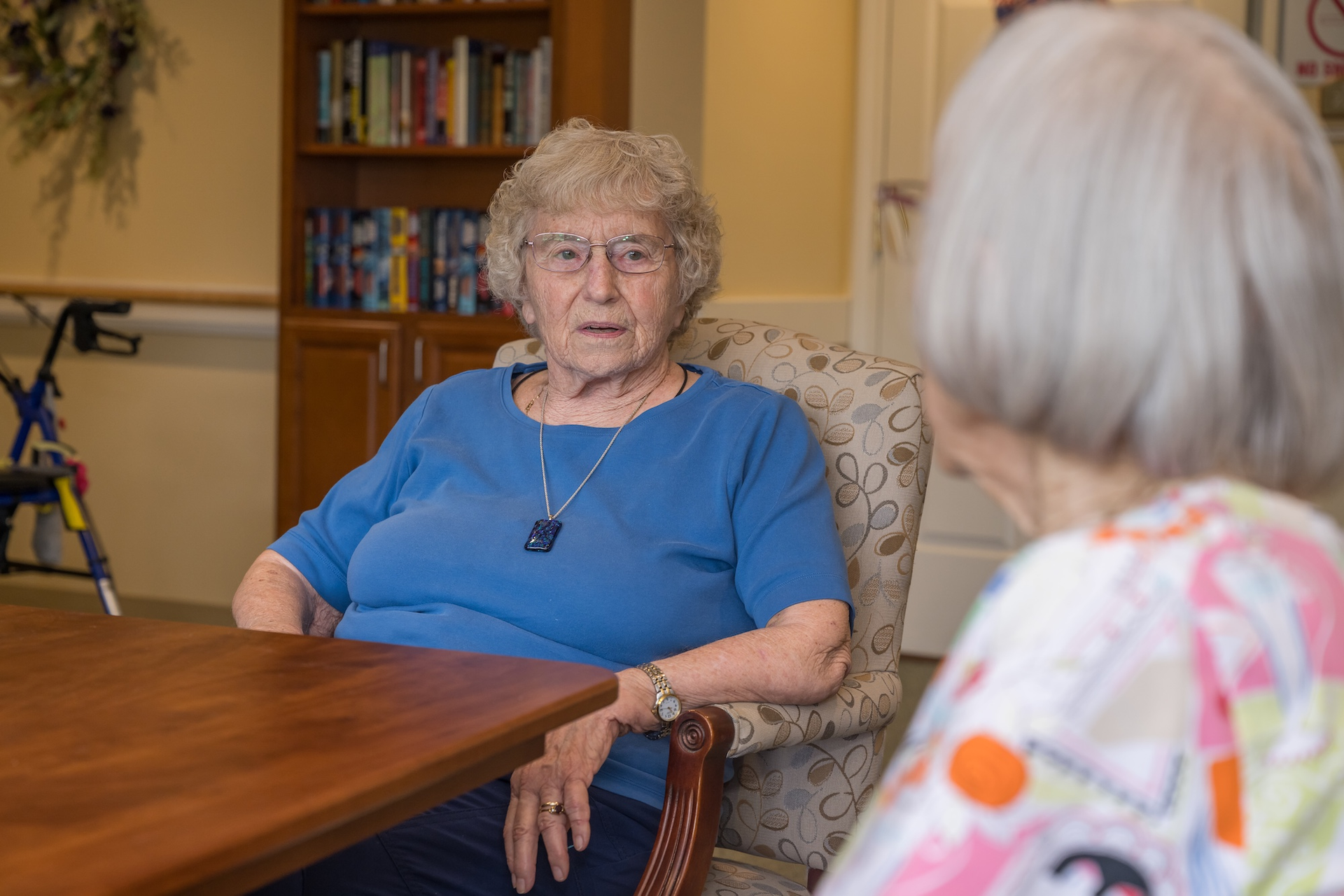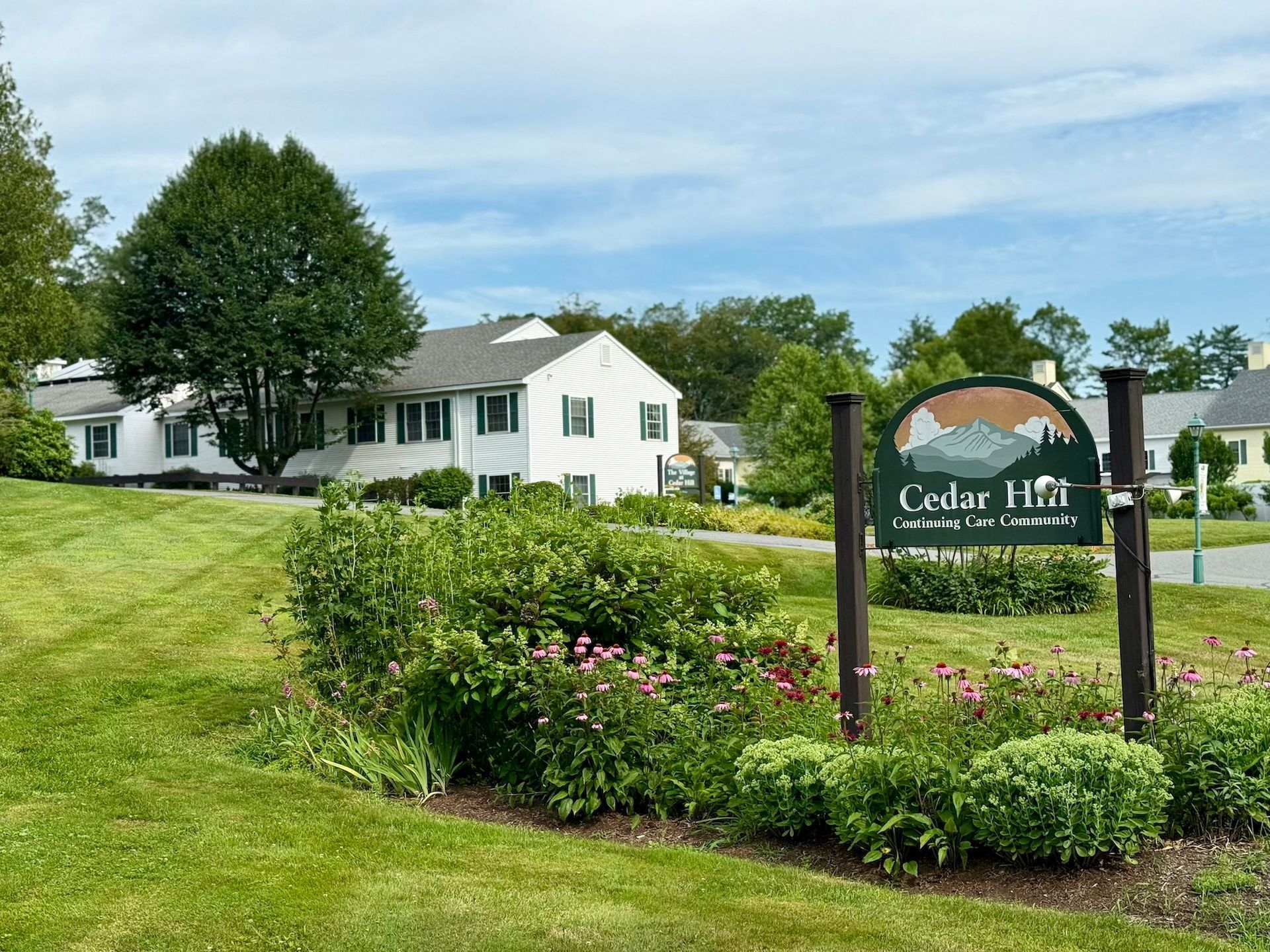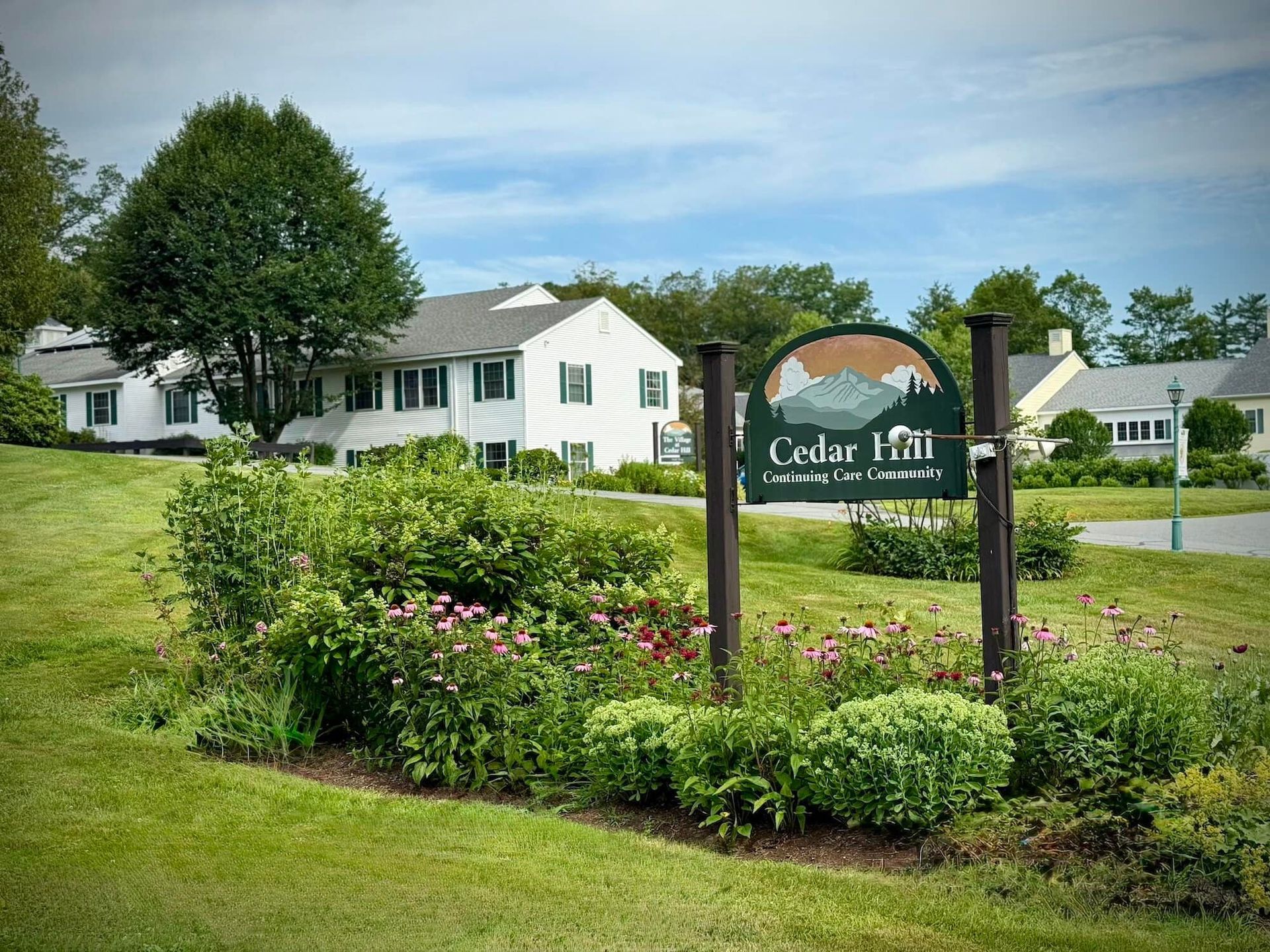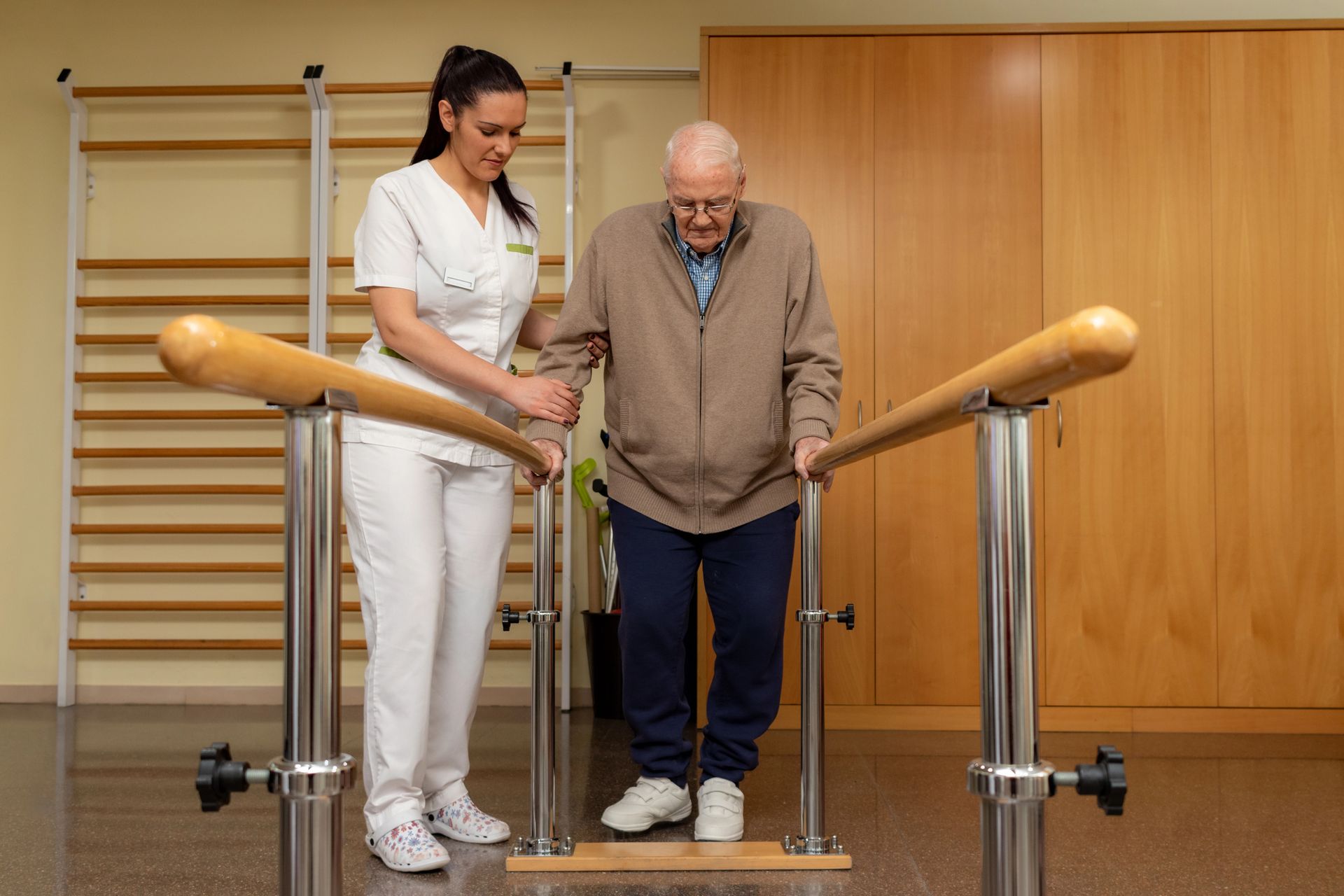Understanding What Is a Retirement Home: Your Guide to Senior Living Options
So, what is a retirement home? A retirement home is designed for older adults who seek a lifestyle free from the burdens of home maintenance and filled with social opportunities. These communities range from independent living to assisted living and continuing care communities.
Residents in retirement communities typically enjoy various activities that promote social interaction and community engagement, including arts and crafts, movie nights, gardening clubs, and word games. Cedar Hill Continuing Care Community, for instance, focuses on creating a supportive environment that enhances residents’ dignity and independence.
Key Takeaways
- Retirement homes cater to older adults seeking a maintenance-free lifestyle with social opportunities and support.
- Types of retirement homes include Independent Living Communities, Assisted Living Communities, and Continuing Care Retirement Communities (CCRCs), each serving different needs.
- Choosing the right retirement home involves assessing personal care needs and considering communities that offer a continuum of services as those needs evolve.
Types of Retirement Homes
Retirement homes come in various forms, each catering to different needs and preferences. Knowing these types will help you find the one that best suits your current and future needs.
The primary types include Independent Living Communities, Assisted Living Communities, and Continuing Care Retirement Communities (CCRCs).
Independent Living Communities
Independent living communities are for seniors who want to maintain an active lifestyle without the responsibilities of home ownership. They emphasize a vibrant social life and independent living offers amenities like:
- Property maintenance
- Landscaping
- Housekeeping
- Salons
- Lush green spaces
- Many offer various dining packages
Residents in these senior living community often have full schedules filled with social activities, volunteer work, and even jobs. These communities aim to create an environment where seniors can live independently while enjoying a vibrant community life. Payment options are typically rental only, offering a maintenance-free lifestyle where residents can focus on leisure and social interaction, with only a portion of their time dedicated to other responsibilities. The cost of senior living options provide residents pay additional flexibility for those seeking to enhance their quality of life.
Contrary to common misconceptions, residents of many retirement communities are active and do not need constant supervision. These communities serve active seniors who want to live independently and engage with like-minded individuals, ensuring a fulfilling and dynamic retirement while maintaining active social lives.

Assisted Living Communities
Assisted living communities cater to seniors who need help with daily activities while still maintaining a level of independence. They blend independence with support, offering personal care services, medication management, and 24-hour supervision. They aim to help residents live independently while ensuring their health and safety needs are met. Assistance is provided to ensure that all residents receive the care they require.
Residents enjoy a mix of privacy and community, living in a private room while having access to social activities, fitness classes, and other activities, where they can make new friends. These communities are designed to provide peace of mind for both residents and their families, knowing that help is always available when needed.
Continuing Care Retirement Communities (CCRCs)
Continuing Care Retirement Communities (CCRCs) offer a comprehensive solution for seniors, providing a continuum of care that adapts to changing health needs. These communities typically offer three levels of care: independent living, assisted living, and skilled nursing care, allowing residents to transition seamlessly as their needs evolve.
CCRCs require residents to enter while healthy so they can enjoy an active lifestyle before needing more intensive care. This CCRC model not only provides peace of mind but also ensures that residents receive the appropriate care at each stage of their lives. As of 2010, there were over 2,000 CCRCs in the United States, highlighting their growing popularity among aging adults.
Benefits of Choosing a Retirement Home
Retirement communities are designed to enhance the quality of life for their residents through a variety of features and amenities. Social events and enrichment activities, including arts and crafts, movie nights, and gardening clubs, are commonly organized to foster a sense of community and encourage social interaction.
Wellness programs and fitness centers are integral, promoting physical activity and overall health and well being, encouraging movement. Many retirement homes offer restaurant-style dining in a dining room, providing nutritious meals in a socially engaging atmosphere. Many communities also offer private areas for family gatherings, ensuring a homey and comfortable environment for all residents. Services like housekeeping, laundry services, and property maintenance allow residents to focus on leisure and social activities instead of household chores.
A supportive community environment helps residents maintain their independence while accessing necessary care tailored to their needs.
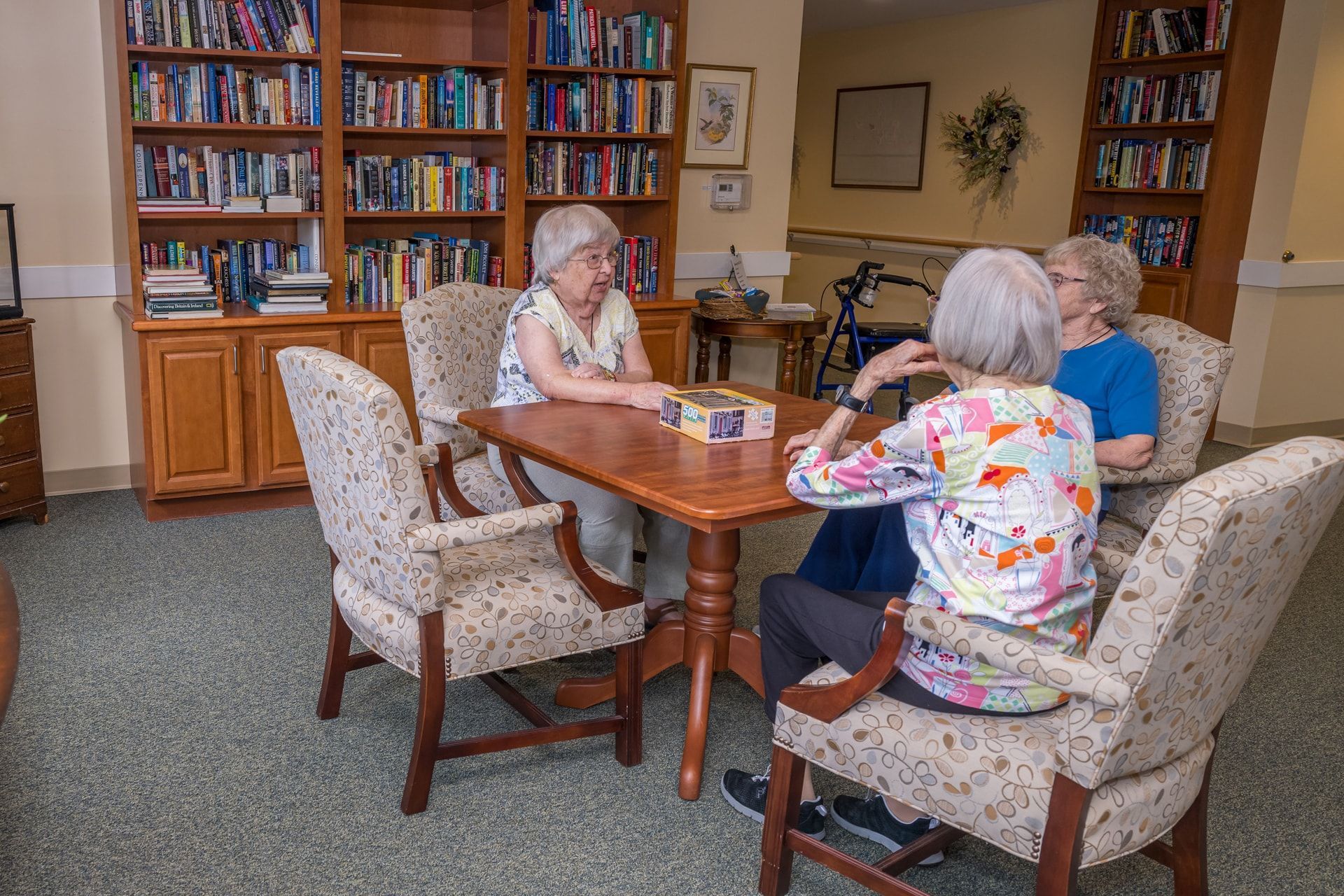
Cedar Hill Continuing Care Community: A Case Study
Cedar Hill Continuing Care Community exemplifies the ideal retirement community, providing personalized care that adapts to residents’ changing needs.
With a person-centered approach, a wide range of care options, and a professional, welcoming environment, Cedar Hill sets the standard for senior living communities.
Person-Centered Approach
Cedar Hill focuses on individualized care, emphasizing the dignity and personal potential of each resident. This approach prioritizes each resident’s unique needs and preferences, ensuring they receive the care and support they need to thrive.
Founded by nurses Mary Louise Horn and Judy Brogren over 30 years ago, Cedar Hill is committed to creating an encouraging and supportive environment for seniors.
Range of Care Options
Cedar Hill offers a comprehensive range of care options:
- Independent living
- Assisted living
- Short-stay rehabilitation
- Skilled nursing care
- Memory care
The variety of care services at Cedar Hill ensures residents’ specific health needs and preferences are met, providing a tailored and supportive living experience. Whether it’s independent living or dignified end-of-life care, Cedar Hill provides a nurturing environment for all residents.
Professional Staff and a Welcoming Environment
The staff at Cedar Hill is known for their compassionate approach to resident care. Regular training ensures that they are up-to-date on best practices in senior care.
Cedar Hill’s welcoming atmosphere, creates a home like environment where residents feel comfortable and cared for. The vibrant community makes Cedar Hill a standout choice for senior living.

How to Choose the Right Retirement Home
Choosing the right retirement home starts with identifying your needs and determining which community type best meets them. Visiting potential communities, provides valuable insights into their environment and services, aiding informed decision-making.
Considering future care requirements is crucial, as residents’ needs may change over time. Opting for a community like a CCRC that offers a continuum of long term care provides peace of mind, knowing that appropriate care will be available as needs evolve.
Summary
Understanding the various senior living options is crucial for making informed decisions about retirement living. From independent living communities that emphasize an active lifestyle to CCRCs that offer a continuum of care, there is a range of options to suit different needs and preferences.
Cedar Hill Continuing Care Community exemplifies the ideal retirement home with its person-centered approach, range of care options, and professional, welcoming environment. Choosing a retirement community that aligns with your needs can enhance your quality of life and provide peace of mind for you and your loved ones.
Frequently Asked Questions
What is the mission of Cedar Hill Continuing Care Community?
The mission of Cedar Hill Continuing Care Community is to foster an encouraging and supportive environment for seniors, promoting independent living, dignity, and the maximization of their personal potential.
How long has Cedar Hill been caring for the community?
Cedar Hill has been dedicated to caring for the community for over 30 years.
What types of care does Cedar Hill offer?
Cedar Hill provides a comprehensive range of care options, including independent and assisted living, short-stay rehabilitation, skilled nursing care, memory care, and end-of-life care. This ensures that residents receive the appropriate support and services tailored to their needs.
Who were the founders of Cedar Hill?
The founders of Cedar Hill are nurses Mary Louise Horn and Judy Brogren.
What type of therapy services does Cedar Hill provide?
Cedar Hill offers a comprehensive range of therapy services, including physical, occupational, cognitive, and speech therapy. These services are designed to support individuals in their recovery and rehabilitation efforts.
